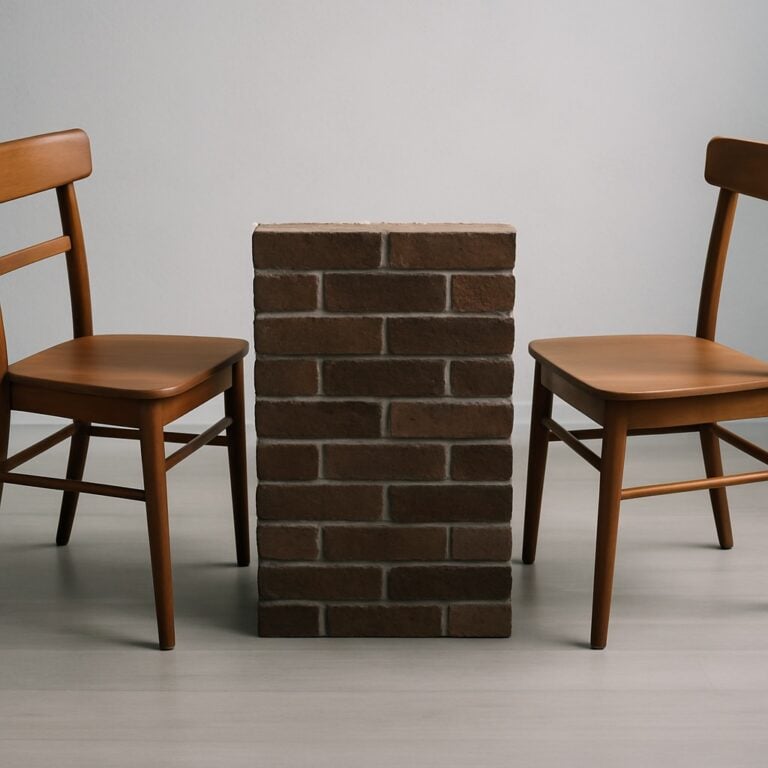Have you ever wondered why some couples seem to weather any storm while others struggle with daily frustrations? As a couples therapist, I’ve observed that the difference often comes down to something Dr. John Gottman calls the “emotional bank account.” This powerful concept, which Stephen Covey originally coined in “The 7 Habits of Highly Effective People,” helps us understand how trust grows or diminishes in our relationships.
What Is a Relationship Bank Account?
Think of your relationship like a financial bank account. Just as you make deposits and withdrawals with money, your emotional bank account tracks the trust and connection in your relationship. Every interaction with your partner either builds up or depletes this account. The goal? Maintaining a high balance through more deposits than withdrawals.
The concept of emotional bank accounts for maintaining trust is beautifully simple: positive interactions are deposits, and negative interactions are withdrawals. And just like your regular bank account, you want to keep that balance healthy.
The Applied Science Behind Emotional Bank Accounts: Gottman’s View
Research shows that healthy emotional bank account balances aren’t just nice to have – they’re essential. A fascinating study of 130 couples by Beeney et al. (2019) found that relationship health depends heavily on the ratio of positive to negative interactions.
The researchers discovered that “healthy relationships are characterized by partners who notice when they have a negative impact on each other and respond with attempts at repair” (p. 17). This aligns perfectly with Dr. John Gottman’s groundbreaking work, which revealed that successful couples maintain approximately five positive interactions for every negative one.
What’s particularly interesting is how much these tiny actions matter in our emotional economy. Research by Mokhtaripour (2007) found that even minor acts of kindness can make significant deposits, while small instances of disrespect can cause meaningful withdrawals.
They noted, “in relationships, the little things are big. Humans are very sensitive and tender-hearted” (p. 2).
Making Deposits That Count
You don’t need a grand gesture to make meaningful deposits in your emotional bank account. Here are some powerful ways to invest in your relationship:
Responding to Bids for Connection
When your partner makes a bid for connection – maybe showing you something on their phone or sharing a thought about their day – you have a choice. You can either turn toward them (making a deposit) or turn away from your partner (making a withdrawal). These small moments matter more than you might think.
Building Emotional Connection
- Listen fully when your partner speaks
- Express genuine appreciation
- Keep your promises, even small ones
- Show physical affection
- Share daily experiences
Understanding Withdrawals That Lead to Negative Balance
Just as important as making deposits is understanding what creates withdrawals:
- Ignoring your partner’s bids
- Breaking commitments
- Harsh criticism
- Emotional distance during tough times
Creating a Healthy Emotional Bank Account
Start each day with intention. Think of your relationship like a deposit in your emotional bank that needs daily attention. Remember, maintaining trust isn’t about grand gestures – it’s about consistent, small positive interactions that build up over time.
Daily Practice Tips
1. Respond warmly to your partner’s bids for connection
2. Express appreciation for specific things they do
3. Make time for emotional connection
4. Honor your commitments
5. Show up during challenging moments
When Your Account Needs a Boost
Your emotional bank account might need attention if you’re noticing more tension than usual. Here’s what helps:
Increase Your Deposits
- Express more appreciation
- Make time for meaningful connection
- Show extra kindness during tough times
Minimize Withdrawals
- Think before speaking during tense moments
- Keep promises, especially small ones
- Acknowledge their feelings
Moving Forward Together
Remember, a healthy emotional bank account isn’t about perfection – it’s about consistency. Each positive interaction is like a small deposit that builds trust over time. When you maintain a good ratio of deposits to withdrawals, you create a buffer that helps your relationship thrive, even during challenging times.
Start today by making one intentional deposit in your relationship. Notice how these small investments grow into something beautiful over time. After all, the concept of the emotional bank account isn’t just a metaphor – it’s a practical tool for building lasting love and trust.
Your Daily Deposit Checklist
Before you go, here’s a simple checklist to help you maintain a healthy emotional bank account:
✓ Respond warmly to partner’s bids for connection
✓ Express genuine appreciation
✓ Listen without trying to fix
✓ Share positive moments together
✓ Keep your commitments
✓ Show physical affection
✓ Make time for emotional connection
Remember, each checkmark represents an investment in your relationship’s future. Start with just one or two items and build from there. Small, consistent actions create the foundation for lasting love.
Want to learn more about strengthening your relationship? In our Couples Therapy Intensive Retreat, we will teach you concrete, practical skills to rebuild marital trust and how to resume making deposits into your respective Emotional bank accounts.
References:
Beeney, J. E., Stepp, S. D., Hallquist, M. N., Scott, L. N., Wright, A. G., Ellison, W. D., … & Pilkonis, P. A. (2019). Attachment and social cognition in borderline personality disorder: Specificity in relation to antisocial and avoidant personality disorders. Personality Disorders: Theory, Research, and Treatment, 10(1), 11-22.
Mokhtaripour, M. (2007). A study of the relation between emotional intelligence and leadership styles in heads of departments at the University of Isfahan. The Journal of Psychology, 11(1), 1-18.







